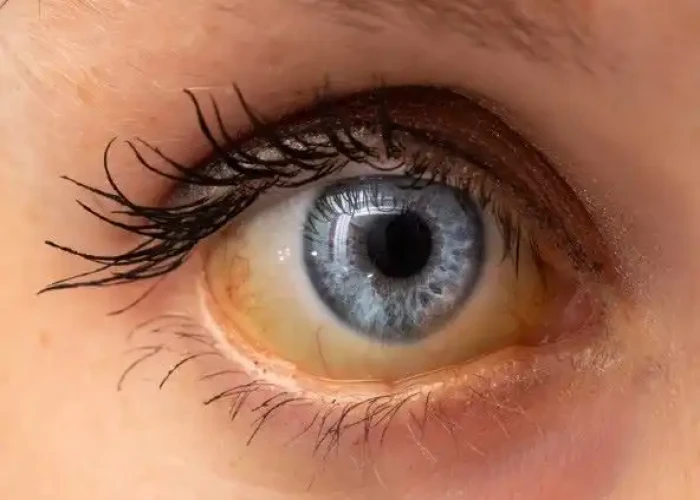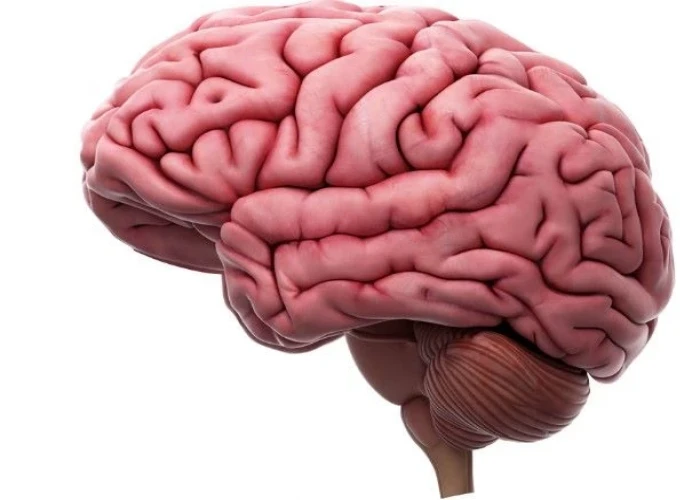 Welcome
Welcome
“May all be happy, may all be healed, may all be at peace and may no one ever suffer."
Golfer's elbow

Golfer's elbow, also known as medial epicondylitis, is a condition characterized by pain and inflammation in the tendons that connect the forearm muscles to the inside of the elbow. It is similar to tennis elbow, which affects the tendons on the outside of the elbow, but a golfer's elbow is less common.
A golfer's elbow is typically caused by overuse of the forearm muscles and tendons, which can result from repetitive gripping and twisting motions, such as those used in golfing, racket sports, and other activities that involve repetitive arm and hand movements.
Symptoms of a golfer's elbow may include pain and tenderness on the inside of the elbow, stiffness in the elbow or forearm, weakness in the hand or wrist, and numbness or tingling in the fingers.
Diagnosis of the golfer's elbow usually involves a physical exam and may include imaging tests, such as an X-ray or MRI, to rule out other conditions that may be causing the symptoms.
Treatment for golfer's elbow typically involves rest, ice, and anti-inflammatory medications to reduce pain and inflammation. Physical therapy may also be recommended to improve flexibility and strength in the affected arm and prevent future injury. In some cases, a brace or splint may be used to immobilize the elbow and allow it to heal.
Prevention of the golfer's elbow involves avoiding repetitive or strenuous activities that can strain the forearm muscles and tendons. Stretching before and after physical activity and using proper equipment and technique can also help to prevent injury.
If you are experiencing symptoms of a golfer's elbow, it is important to see a healthcare professional for a proper diagnosis and treatment plan. Early detection and treatment can help to manage the condition and prevent long-term complications associated with the golfer's elbow.
Research Papers
Disease Signs and Symptoms
- Elbow pain
- Elbow tenderness
- Weakness
- Weakness and numbness in arms
- Hand weakness and clumsiness
Disease Causes
Golfer's elbow
Golfer's elbow, also known as medial epicondylitis, is caused by damage to the muscles and tendons that control your wrist and fingers. The damage is typically related to excess or repeated stress — especially forceful wrist and finger motions. Improper lifting, throwing or hitting, as well as too little warmup or poor conditioning, also can contribute to golfer's elbow.
Besides golf, many activities and occupations can lead to golfer's elbow, including:
- Racket sports. Improper technique with tennis strokes, especially the backhand, can cause injury to the tendon. Excessive use of topspin and using a racket that's too small or heavy also can lead to injury.
- Throwing sports. Improper pitching technique in baseball or softball can be another culprit. Football, archery and javelin throwing also can cause golfer's elbow.
- Weight training. Lifting weights using improper technique, such as curling the wrists during a biceps exercise, can overload the elbow muscles and tendons.
- Forceful, repetitive occupational movements. These occur in fields such as construction, plumbing and carpentry
To cause golfer's elbow, the activity generally needs to be done for more than an hour a day on many days.
Disease Prevents
Golfer's elbow
You can take steps to prevent golfer's elbow:
- Strengthen your forearm muscles. Use light weights or squeeze a tennis ball. Even simple exercises can help your muscles absorb the energy of sudden physical stress.
- Stretch before your activity. Walk or jog for a few minutes to warm up your muscles. Then do gentle stretches before you begin your game.
- Fix your form. Whatever your sport, ask an instructor to check your form to avoid overload on muscles.
- Use the right equipment. If you're using older golfing irons, consider upgrading to lighter graphite clubs. If you play tennis, make sure your racket fits you. A racket with a small grip or a heavy head may increase the risk of elbow problems.
- Lift properly. When lifting anything — including free weights — keep your wrist rigid and stable to reduce the force to your elbow.
- Know when to rest. Try not to overuse your elbow. At the first sign of elbow pain, take a break.
Disease Treatments
Treatment begins with avoiding activity that causes pain. To help relieve pain, use ice.
Medication
You can take an over-the-counter pain reliever. Try ibuprofen (Advil, Motrin IB, others), naproxen sodium (Aleve) or acetaminophen (Tylenol, others).
Corticosteroid injections are not commonly given because they haven't been shown to be effective long-term. A newer treatment being tried is platelet-rich plasma. This involves drawing a small amount of your blood and injecting a concentrated amount of platelets and other anti-inflammatory factors into the tender area. More studies are needed to evaluate the effectiveness of this treatment.
Therapy
Try the following:
- Rest. Put your golf game or other repetitive activities on hold until the pain is gone. If you return to activity too soon, you can worsen your condition.
- Ice the affected area. Apply ice packs to your elbow for 15 to 20 minutes at a time, three to four times a day for several days. To protect your skin, wrap the ice packs in a thin towel. It might help to massage your inner elbow with ice for five minutes at a time, two to three times a day.
- Use a brace. Your doctor might recommend that you wear a counterforce brace on your affected arm, which might reduce tendon and muscle strain.
- Stretch and strengthen the affected area. Your doctor might suggest exercises for stretching and strengthening. Progressive loading of the tendon with specific strength training exercises has been shown to be especially effective. Other physical or occupational therapy practices can be helpful too.
Gradually return to your usual activities. When your pain is gone, practice the arm motions of your sport or activity. Review your golf or tennis swing with an instructor to ensure that your technique is correct, and make adjustments if needed.
Surgery
Surgery is seldom necessary. But if your signs and symptoms don't respond to conservative treatment in six to 12 months, surgery might be an option. A new approach called the TENEX procedure involves minimally invasive, ultrasound-guided removal of scar tissue in the region of the tendon pain. More study is needed.
Most people will get better with rest, ice and pain relievers. Depending on the severity of your condition, the pain might linger for months to years — even if you take it easy and follow instructions on exercising your arm. Sometimes the pain returns or becomes chronic.
Disease Diagnoses
Disease Allopathic Generics
Disease Ayurvedic Generics
Disease Homeopathic Generics
Disease yoga
Golfer's elbow and Learn More about Diseases

Pink eye (conjunctivitis)

Alcohol intolerance

Atypical hyperplasia of the breast

Yellow fever

Posterior cortical atrophy

Meralgia paresthetica

Dysarthria

Hyponatremia
golfer's elbow, গল্ফারের কনুই
To be happy, beautiful, healthy, wealthy, hale and long-lived stay with DM3S.
